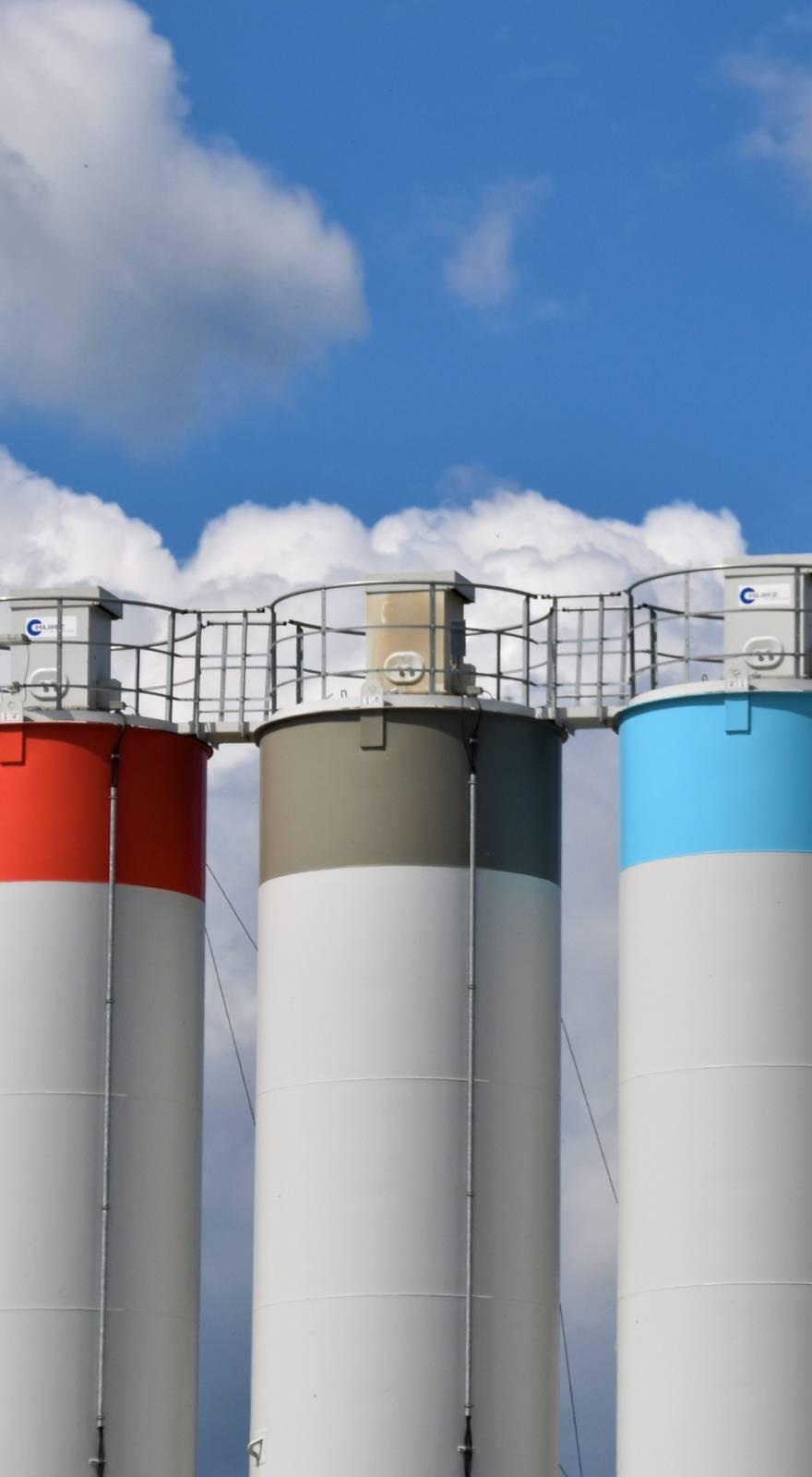Knowde Enhanced TDS
Identification & Functionality
- Chemical Family
- Fluids & Lubricants Functions
- Technologies
- Product Families
Features & Benefits
- Labeling Claims
- Advantages
- Bactericide and fungicide
- Isothiazolone Blend
- Broad-spectrum Microbiological Control
- Economical, Easily Fed Liquid
- Environmentally Friendly
- Cost Effective
Applications & Uses
- Markets
- Fluids & Lubricants Type
- Fluids & Lubricants End Use
- Compatibility
Isothiazolones are generally compatible with most components of industrial formulations. However, the presence of a few agents will cause degradation of the active ingredients. Strong reducing agents including thiols, mercaptans, sulfides, bisulfites, metabisulfites, secondary amines and other nucleophiles must be avoided in formulations. Additionallly, strong oxidizing agents, such as hypochlorites, will degrade isothiazolones. Conditions of high heat greater than 50°C for extended periods of time and/or pH above 9 will lead to loss of activity.
- Biocidal Performance
Microbicide CT isothiazolinones are a very cost effective preservative system due to the extremely low use levels required to control various microorganisms. While the specific use levels are application dependent, the following MIC (minimum inhibitory concentration) values for Microbicide CT actives are indicative of the effectiveness of the product.
Technical Details & Test Data
- Treatment of Metalworking Fluids
The guideline for the maintenance of a non-fouled system is to use Microbicide CT at a rate of 10 fluid ounces per 1,000 gallons of fluid every four weeks. Monitor the system to confirm that microbial control is being maintained.
For a fouled system, use Microbicide CT at a rate of 16 fluid ounces per 1,000 gallons of fluid. Continue to dose at this level of Microbicide CT until control has been regained as determined by microbial testing of the fluid. Dosage rate and/or frequency is also dependent upon a number of other factors, such as the rate of dilution of the preservative with the makeup fluid, the nature and severity of contamination, level of control required, filtration effectiveness, system design, etc.
Years of use of the Microbicide CT isothiazolones for tankside treatment of metalworking fluid systems has shown that shock dosing a system with 1 gallon of Microbicide CT to 8,000 gallons of metalworking fluid has demonstrated optimum performance. Maintaining a system by monitoring the level of microbial contamination and adding Microbicide CT at a rate of 1 gallon per 8,000 gallons of fluid when microbial contamination is detected will optimize the use of the Microbicide CT and prevent losing control of the system which may result in having to dump and recharge with fresh fluid.
The Microbicide CT is available in various container sizes to facilitate the dosing of the biocide at a place in the system to assure uniform dispersion. Manual addition of the biocide into a return flume to the central tank should provide adequate mixing of the biocide. Microbicide CT can also be automatically dispensed into a metalworking fluid system using a metering pump available from Southwest Engineers.
- Metal Cleaning Fluid Preservation
Microbicide CT is recommended as a preservative for use in the manufacture and use of alkaline, acid and emulsion-based metal cleaning fluids typically used in electroplating, phosphatizing, galvanizing, and general metal cleaning operations.
For addition to a metal cleaning concentrate, add Microbicide CT at a level to ensure that the final use-dilution fluid will contain 56 to 225 ppm of product.
For addition to a fouled system, add 16 to 23 fluid ounces of Microbicide CT to each 1,000 gallons of use-dilution metal cleaning fluid. Continue to dose at this level of Microbicide CT until control has been regained as determined by microbial testing of the fluid. A higher dosage rate and/or increased frequency of treatment may be required, depending upon rate of dilution of the preservative with makeup fluid, the nature and severity of contamination, level of control required, filtration effectiveness, system design, etc.
Safety & Health
- Safety Precautions
All isothiazolones are both corrosive and potential skin sensitizers. As such, keeping these solutions away from the skin is essential. Due diligence must be maintained while handling the chemistry at all times. When working with isothiazolone products, use the proper personal protective equipment to ensure that you do not come into contact with the product. Even if the slightest spill were to be absorbed onto a person’s clothing, it may work its way through and cause a delayed skin burn. If significant aerosolization occurs, then an appropriate selfcontained breathing apparatus may be needed. Refer to the MSDS for the most current information on the proper personal protective equipment.
Packaging & Availability
- Packaging Type
- Packaging Information
Microbicide CT is available as a liquid in 1-gallon “tip and measure” jugs, 5-gallon translucent graduated pails, 30-gallon and 55-gallon drums and 330-gallon totes.

